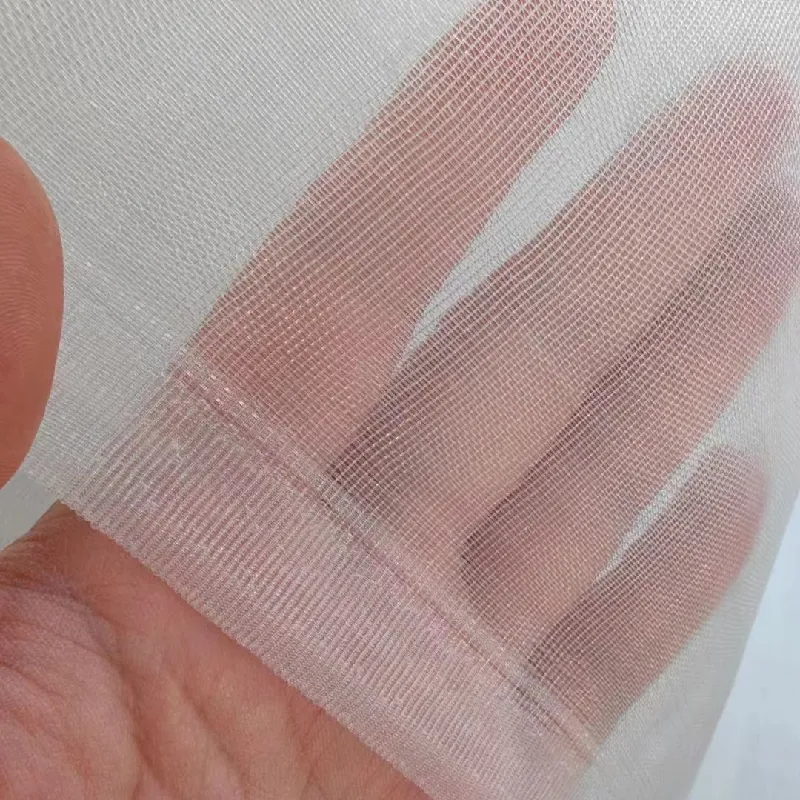-
 Afrikaans
Afrikaans -
 Albanian
Albanian -
 Amharic
Amharic -
 Arabic
Arabic -
 Armenian
Armenian -
 Azerbaijani
Azerbaijani -
 Basque
Basque -
 Belarusian
Belarusian -
 Bengali
Bengali -
 Bosnian
Bosnian -
 Bulgarian
Bulgarian -
 Catalan
Catalan -
 Cebuano
Cebuano -
 China
China -
 Corsican
Corsican -
 Croatian
Croatian -
 Czech
Czech -
 Danish
Danish -
 Dutch
Dutch -
 English
English -
 Esperanto
Esperanto -
 Estonian
Estonian -
 Finnish
Finnish -
 French
French -
 Frisian
Frisian -
 Galician
Galician -
 Georgian
Georgian -
 German
German -
 Greek
Greek -
 Gujarati
Gujarati -
 Haitian Creole
Haitian Creole -
 hausa
hausa -
 hawaiian
hawaiian -
 Hebrew
Hebrew -
 Hindi
Hindi -
 Miao
Miao -
 Hungarian
Hungarian -
 Icelandic
Icelandic -
 igbo
igbo -
 Indonesian
Indonesian -
 irish
irish -
 Italian
Italian -
 Japanese
Japanese -
 Javanese
Javanese -
 Kannada
Kannada -
 kazakh
kazakh -
 Khmer
Khmer -
 Rwandese
Rwandese -
 Korean
Korean -
 Kurdish
Kurdish -
 Kyrgyz
Kyrgyz -
 Lao
Lao -
 Latin
Latin -
 Latvian
Latvian -
 Lithuanian
Lithuanian -
 Luxembourgish
Luxembourgish -
 Macedonian
Macedonian -
 Malgashi
Malgashi -
 Malay
Malay -
 Malayalam
Malayalam -
 Maltese
Maltese -
 Maori
Maori -
 Marathi
Marathi -
 Mongolian
Mongolian -
 Myanmar
Myanmar -
 Nepali
Nepali -
 Norwegian
Norwegian -
 Norwegian
Norwegian -
 Occitan
Occitan -
 Pashto
Pashto -
 Persian
Persian -
 Polish
Polish -
 Portuguese
Portuguese -
 Punjabi
Punjabi -
 Romanian
Romanian -
 Russian
Russian -
 Samoan
Samoan -
 Scottish Gaelic
Scottish Gaelic -
 Serbian
Serbian -
 Sesotho
Sesotho -
 Shona
Shona -
 Sindhi
Sindhi -
 Sinhala
Sinhala -
 Slovak
Slovak -
 Slovenian
Slovenian -
 Somali
Somali -
 Spanish
Spanish -
 Sundanese
Sundanese -
 Swahili
Swahili -
 Swedish
Swedish -
 Tagalog
Tagalog -
 Tajik
Tajik -
 Tamil
Tamil -
 Tatar
Tatar -
 Telugu
Telugu -
 Thai
Thai -
 Turkish
Turkish -
 Turkmen
Turkmen -
 Ukrainian
Ukrainian -
 Urdu
Urdu -
 Uighur
Uighur -
 Uzbek
Uzbek -
 Vietnamese
Vietnamese -
 Welsh
Welsh -
 Bantu
Bantu -
 Yiddish
Yiddish -
 Yoruba
Yoruba -
 Zulu
Zulu
anti hail netting
The Benefits of Anti-Hail Netting in Agriculture
In recent years, climate change has increasingly affected agricultural practices around the world, leading to greater incidences of extreme weather events, including damaging hailstorms. These natural disasters can wipe out entire crops in a matter of minutes, leading to significant financial losses for farmers and threatening food security. To mitigate these risks, many agricultural producers are turning to innovative solutions such as anti-hail netting. This article will explore the benefits of anti-hail netting and its importance in modern agriculture.
What is Anti-Hail Netting?
Anti-hail netting is a protective barrier made from high-density polyethylene or similar materials, designed to shield crops from the damaging effects of hailstones. These nets are typically installed above the crops and can be tailored to fit various field sizes and shapes. By providing a physical barrier, anti-hail netting dramatically reduces the impact of hail on crops, safeguarding their quality and yield.
Protection Against Hail Damage
The primary benefit of anti-hail netting is, of course, its ability to protect crops from hail damage. Hailstones can vary in size, and larger stones can cause fatal injuries to delicate fruit or vegetable plants. By utilizing anti-hail netting, farmers can significantly lower the risk of crop loss during hailstorms. Studies have shown that farms employing anti-hail systems can reduce their crop loss by as much as 80%, providing a substantial economic advantage.
Improved Crop Quality and Yield
Beyond merely preventing loss, anti-hail netting also contributes to the overall quality of the crops. When crops are protected from the physical impact of hail, they are more likely to reach maturity without blemishes or bruises that can reduce market value. High-quality produce not only fetches better prices in the market but also helps maintain the farmer’s reputation among consumers and distributors. Additionally, with healthier plants, the yield is generally higher, leading to increased profitability for the farming operation.
anti hail netting

Cost-Effectiveness
One of the most compelling aspects of anti-hail netting is its long-term cost-effectiveness. Although the initial investment in netting materials and installation can be considerable, the financial benefits realized through reduced crop loss and improved quality often outweigh these costs. Farmers can also save on other expenses, such as replanting or additional pest and disease management, since intact crops are often less vulnerable to these threats.
Environmental Considerations
In an era where sustainability is paramount, anti-hail netting offers an environmentally friendly solution to crop protection. Unlike chemical treatments, which can have harmful side effects on the ecosystem, anti-hail nets utilize a physical barrier to provide protection without introducing harmful substances into the environment. Moreover, they can aid in other areas of farming, such as reducing water evaporation and soil erosion, thus contributing positively to overall agricultural practices.
Challenges and Considerations
While the benefits of anti-hail netting are numerous, it is important to acknowledge the challenges associated with its use. Installation requires careful planning and investment, and the nets may require maintenance or replacement over time. Additionally, farmers must consider the design and material of the netting to ensure it is appropriate for their specific crops and local climate conditions.
Conclusion
In summary, anti-hail netting serves as a vital tool in modern agriculture, protecting crops from the destructive forces of hail while simultaneously enhancing quality and yield. As extreme weather events become increasingly common, the importance of such protective measures will only grow. By investing in anti-hail netting, farmers not only shield their harvests from inevitable hailstorms but also contribute to more sustainable and resilient agricultural practices. As we move forward, embracing innovative solutions like anti-hail netting will be crucial in navigating the challenges posed by climate change and securing our food systems for the future.
-
Shipping Plastic Bags for Every NeedNewsJul.24,2025
-
Safety Netting: Your Shield in ConstructionNewsJul.24,2025
-
Plastic Mesh Netting for Everyday UseNewsJul.24,2025
-
Nylon Netting for Every UseNewsJul.24,2025
-
Mesh Breeder Box for Fish TanksNewsJul.24,2025
-
Expanded Steel Mesh Offers Durable VersatilityNewsJul.24,2025











